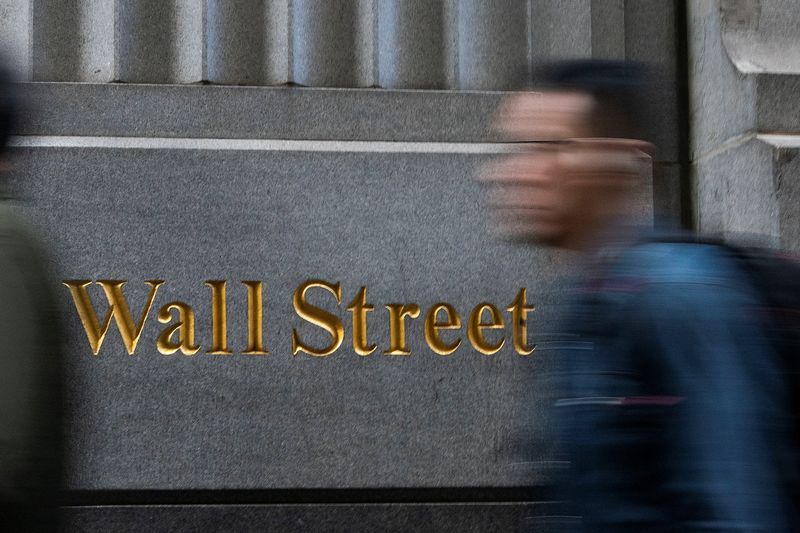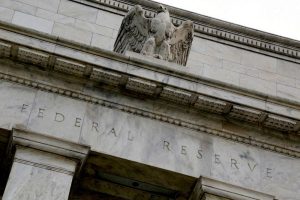
By Davide Barbuscia
NEW YORK (Reuters) – The Trump administration’s pledge to contain long-term U.S. Treasury yields has strengthened bond market expectations that a long-desired regulatory shift on bank leverage requirements could be finally looming.
Some traders are betting regulators may soon focus on a review of the Supplementary Leverage Ratio (SLR), a rule requiring big U.S. banks to hold an extra layer of loss-absorbing capital against U.S. government debt and central bank deposits.
The possible policy change would mean banks would not need to set aside as much extra money when they hold safe assets like Treasuries.
This could eventually help push U.S. Treasury yields lower, some investors and analysts said, by giving banks more leeway to hold Treasuries and likely boosting demand.
The anticipation comes after U.S. Treasury Secretary Scott Bessent said last week that President Donald Trump’s administration was focused on containing 10-year Treasury yields, a building block of global financial markets and a benchmark for consumers’ borrowing costs.
The White House and the Treasury Department did not immediately respond to requests for comment.
Ryan O’Malley, head of portfolio management at Ducenta Squared Asset Management, said a potential review of the SLR would be positive for the Treasury market and other debt assets, which would benefit from banks freeing up their balance sheets.
“It will increase their demand for Treasuries and other assets. It will also probably strengthen banks’ credit profile,” he said.
The SLR was introduced as part of regulatory efforts following the 2008 global financial crisis. Over time, however, many Treasury market participants have come to see it as a major obstacle to banks providing liquidity to traders, particularly at times of heightened volatility.
The Bank Policy Institute (BPI), a trade association representing large U.S. banks, said in a recent paper that a recalibration of the ratio would be crucial to preserving market functioning, particularly given the prospect of rising government debt issuance due to large budget deficits.
“We think changes to the SLR could be made relatively quickly,” Francisco Covas, executive vice president and head of research at BPI, told Reuters in an interview.
The SLR should be near the top of the list of capital priorities for U.S. regulators, Covas added, referring to the Federal Reserve, the Office of the Comptroller of the Currency, and the Federal Deposit Insurance Corporation.
Spreads of swap rates over Treasury yields have widened in recent days, a sign that investors are starting to anticipate a review of the rule. Interest rate swaps allow traders to hedge interest rate risk by exchanging a floating rate for a fixed rate, or vice versa.


